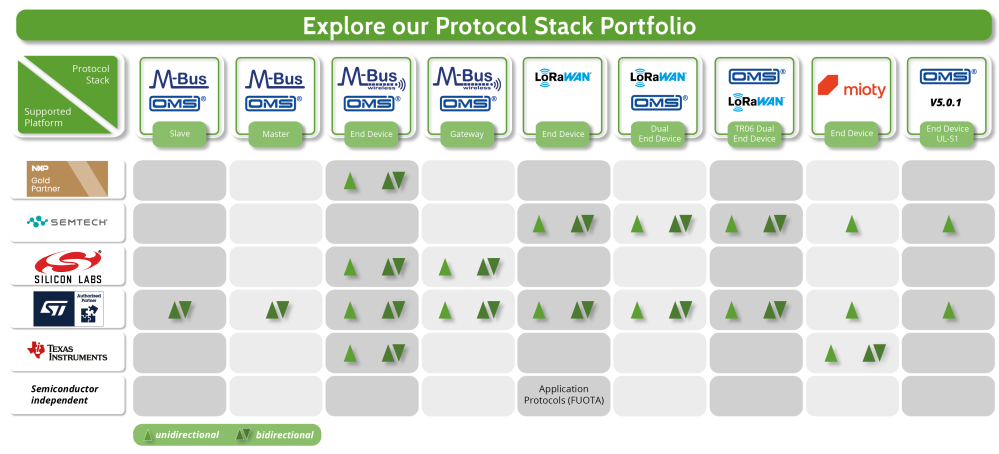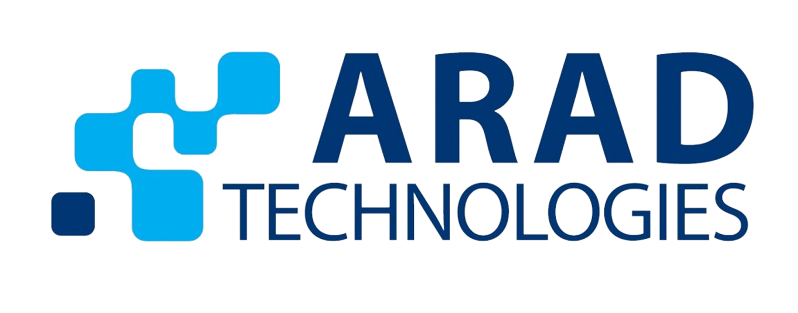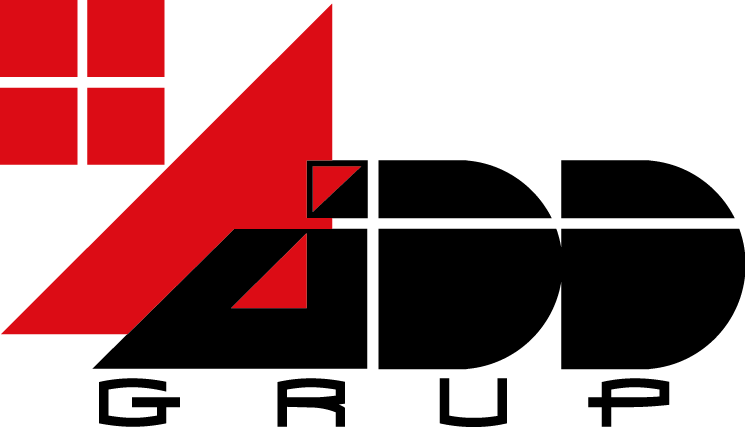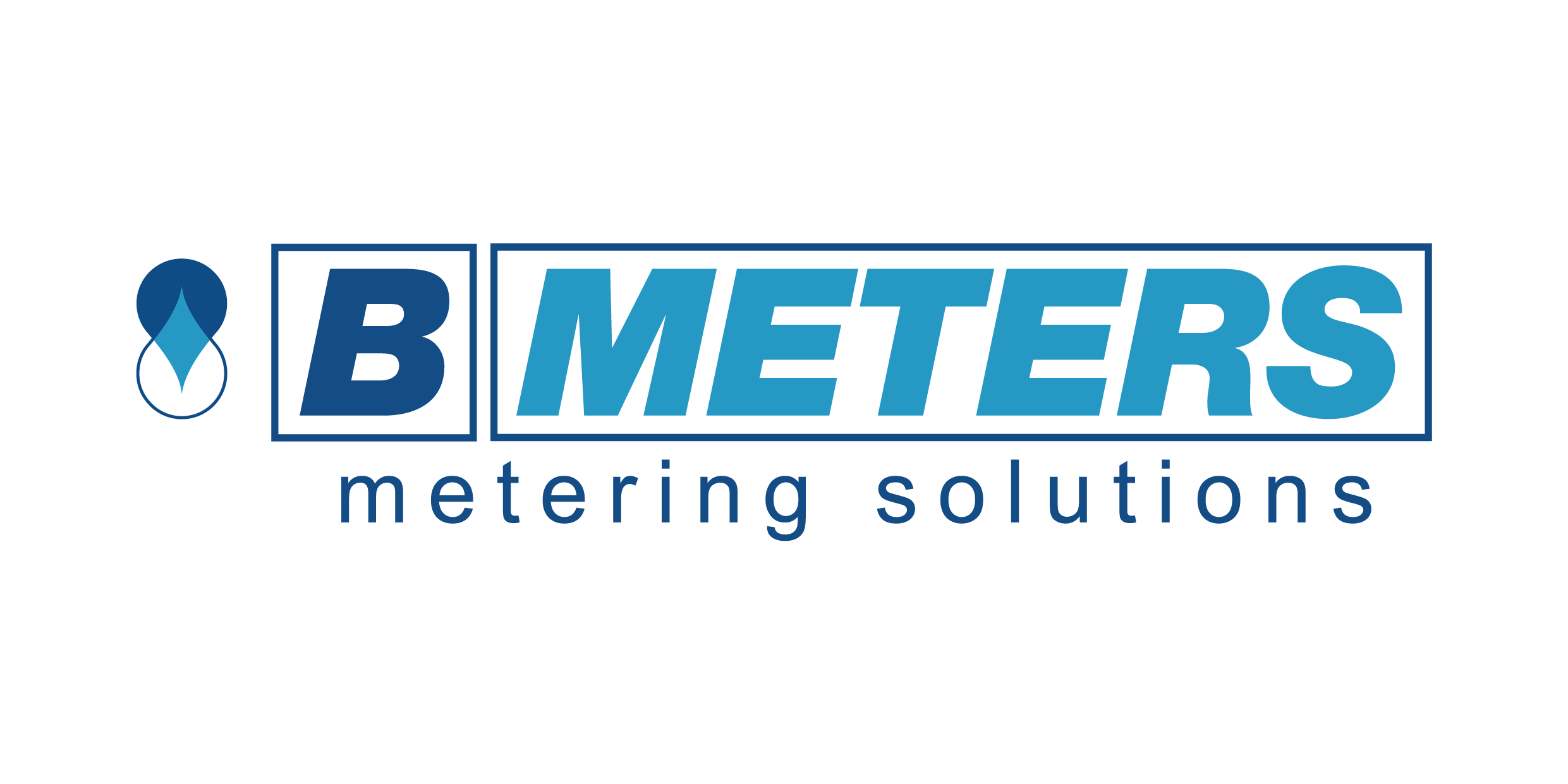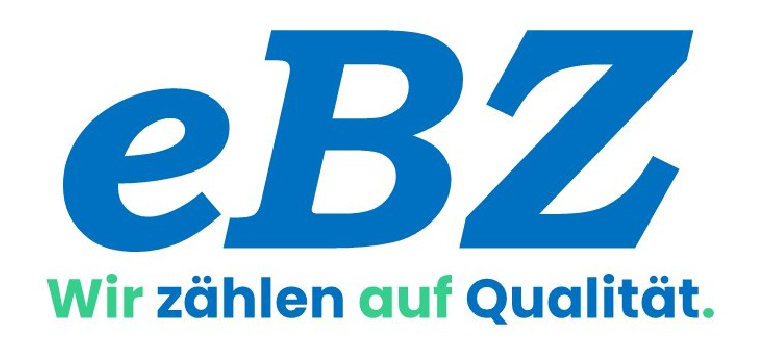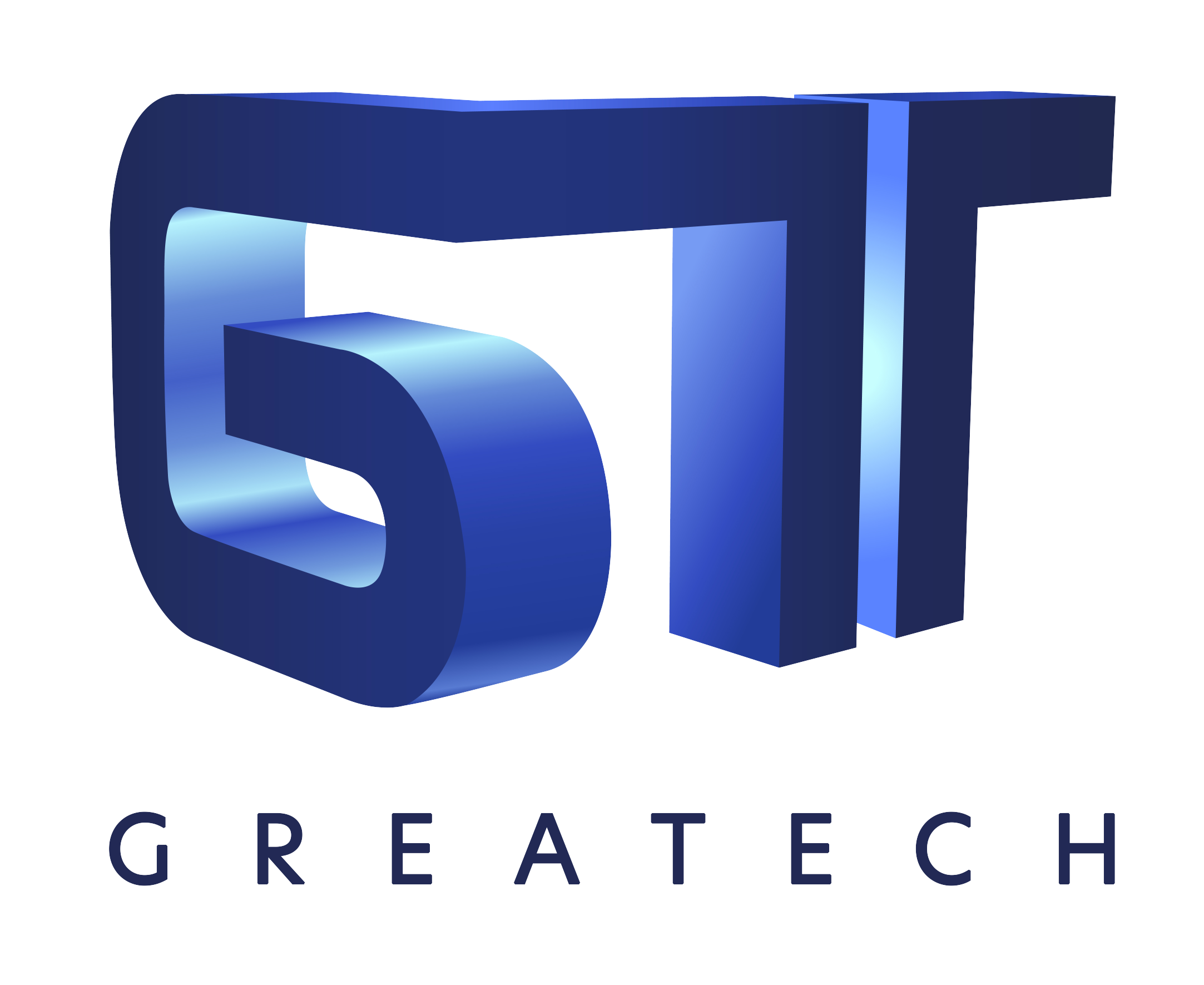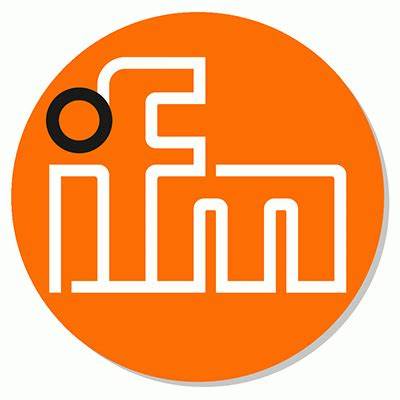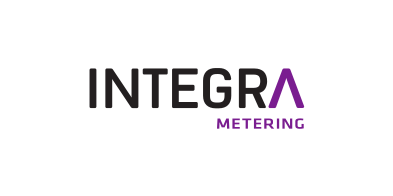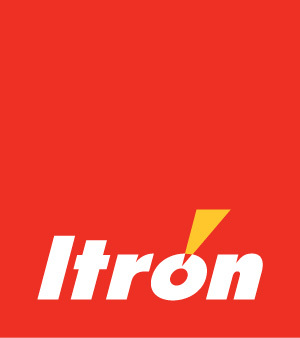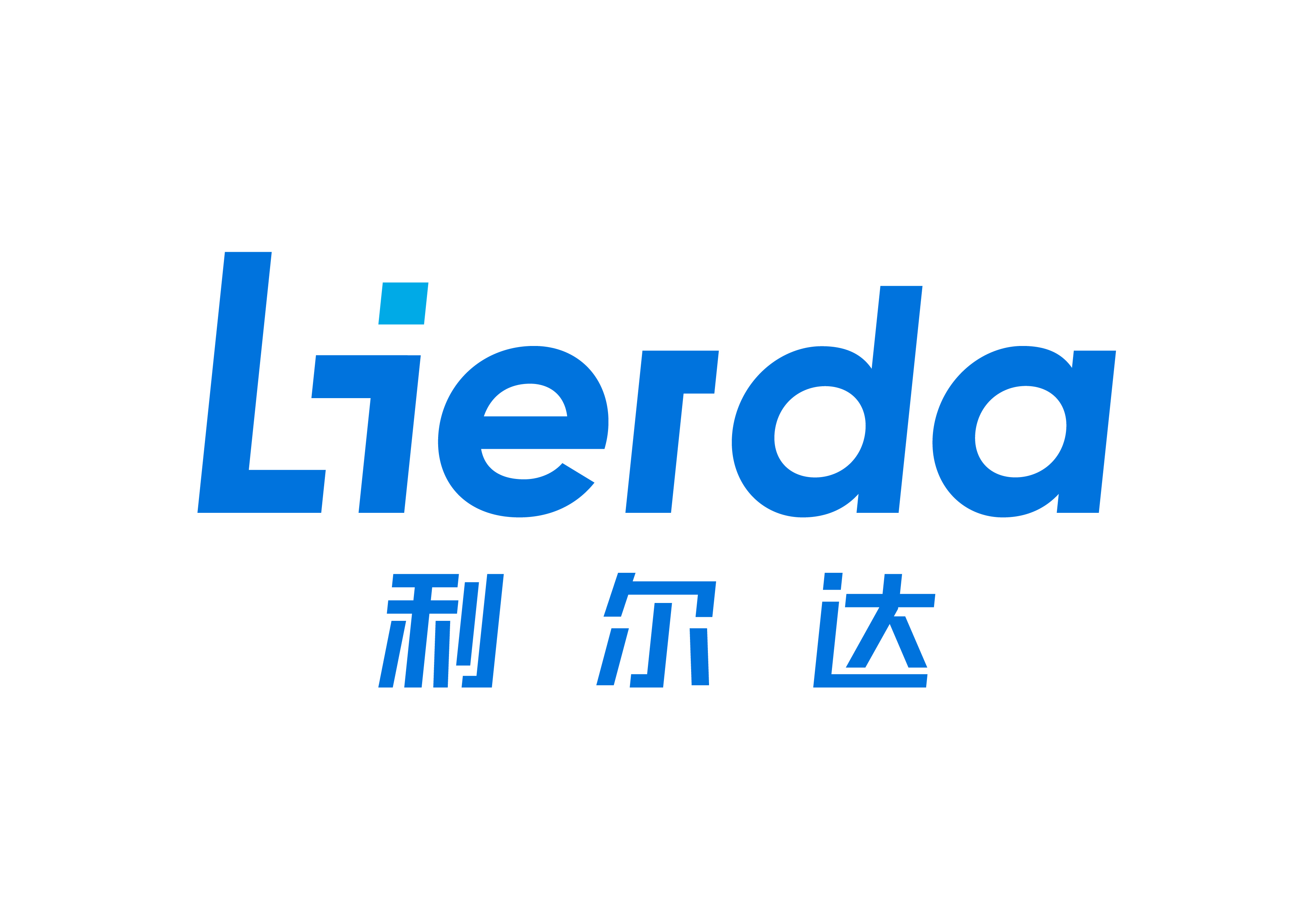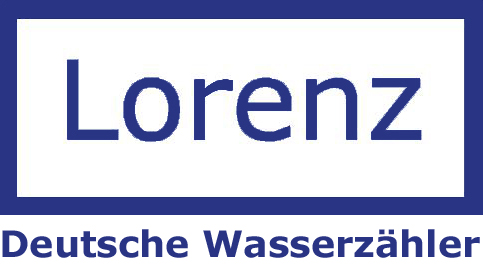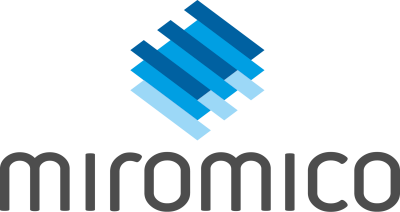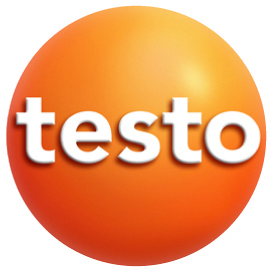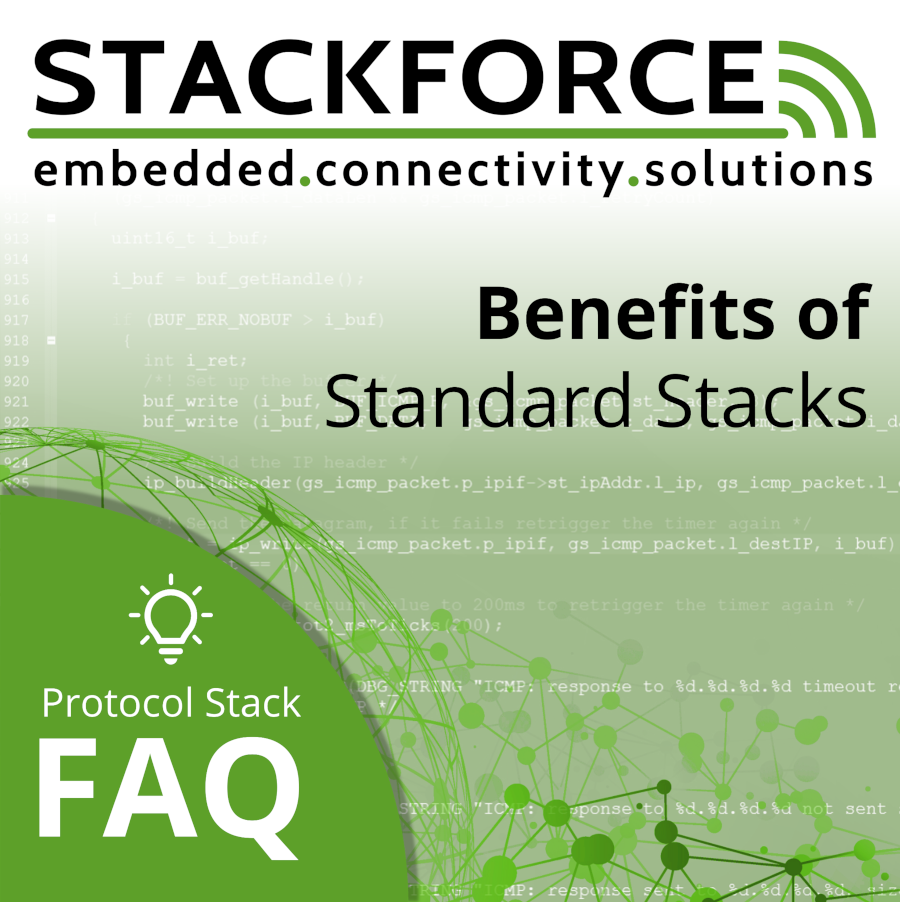Protocol Stacks
Perfect connectivity of your IoT network
STACKFORCE's core business focuses on the development and implementation of Protocol Stacks for various IoT use cases. Our stacks support modern wireless communication technologies like the well-proven wireless M-Bus protocol and the Low Power Wide Area Network technologies mioty® and LoRaWAN®. Our stack solutions can be integrated directly to your products, as components to already existing or new to establish wireless networks. If there is no suitable Standard Stack in our portfolio for your application requirements, we offer the cost-efficient development of a Custom Stack based on a Standard Stack or as a tailor-made solution.
Protocol Stacks - standard versions

The OMS v.4.5.1 for End Devices is compliant to the wM-Bus / OMS standard and additionally has professional support. It is optimized towards a compromise of small footprint, excellent modularity and scalability, combined with high functionality.

The mioty® Protocol Stack is an extremly efficient and particularly robust and scalable solution for modern IoT connectivity. It implements the innovative technology of telegram splitting, setting new standards in the field of wireless data transmission.

The LoRaWAN® v 1.0.4 Protocol Stack is a further development of the Open Source LoRaWAN® Stack. It is designed for high-performance industrial use in complex environments with high security requierements and at maximum performance.

Our Multi-Stacks offer the possibility to choose between several stacks and radio standards, such as mioty®, LoRaWAN®, wireless M-Bus, OMS, Sigfox and others. This flexible solution allows you to achieve maximum usability when you connect your product to the Internet of Things (IoT).
YOUR BENEFITS WITH A STANDARD PROTOCOL STACK

The different Standard Protocol Stacks are available directly or as variants at very short notice and are ready for immediate use.

Due to a variety of applications and customers, our Standard Protocol Stacks are extensively tested and easy to integrate.

With different license packages, software purchase is financially easy to plan and affordable even for smaller companies.

We offer professional support and additional services to the product, which saves your resources and improves predictability.


